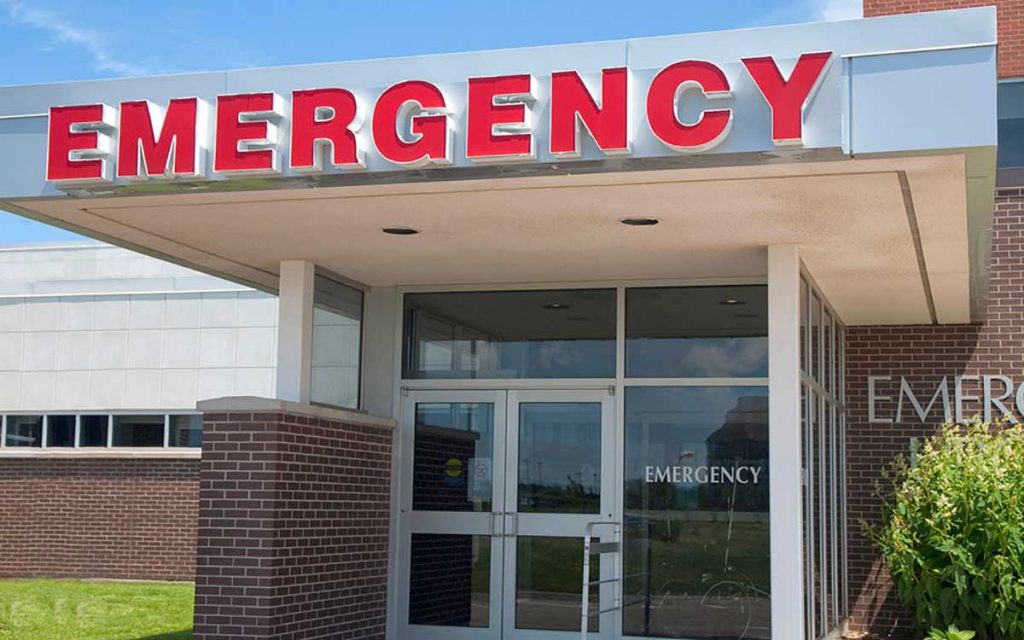Life is full of trade-offs. You might pay someone to mow the lawn, so you don’t have to do it yourself. It was worth it to you to save some time and sweat by paying someone else.
Then you go to the grocery store. You choose to buy a generic brand. In this case, you’d rather save 60 cents or so, and you know that savings really add up over the course of a trip or a lifetime.
As a financially savvy person, you’re continually making small decisions like this that impact how you spend your time and money.
But having to pay $16,000 just to avoid wearing your hearing aid? That one isn’t so logical. Here’s why.
How not wearing your hearing aid may cost you $16,000
Some decisions are easier to make than others because you can see how much something will cost you in advance. In other cases, it’s not so clear. You end up losing a lot of money simply because you didn’t know it would cost you.
In the case of hearing loss, however, we have some convincing scientific data that demonstrates the true cost of not wearing your hearing aid.
The true cost of not wearing a hearing aid
A University of Michigan study published in the well-respected medical journal JAMA studied over 1,300 people ages 65-85 with severe hearing loss. Around 45% of the participants regularly wore a hearing aid.
They found that those who didn’t wear a hearing aid had a statistically significant increased risk of:
- Going to the emergency room
- Being admitted into the hospital
- Having to stay more days at the hospital
- Being re-admitted after discharge
- Having a serious fall
They also noted that people who didn’t wear their hearing aids saw their doctor less frequently for routine checkups.
Let’s break these costs down.
More frequent ER visits
The national average for 1 ER visit is around $2,200. This doesn’t include any additional scans, testing, or treatments.
If you add an ambulance ride onto that, the bill could jump by another $1,200 or higher.
Even when someone else, like the government or an insurance company, pays the tab, it’s still a hefty expense, and that money doesn’t come from thin air. You’re still paying that bill, albeit indirectly.
More likely to be admitted
If you’re admitted to a hospital, it costs a minimum of $100/day. This easily amounts to $10’s of thousands more.
We’re easily up over $16,000, but it doesn’t end there.
Greater risk of infection/longer hospital stays
According to the CDC, for every 25 patients admitted into the hospital, one will develop a severe infection contracted while in the hospital. Among those 65+ and those with a compromised immune system, the risk is much higher.
This can quickly turn what should be a 3-day stay into weeks. Wearing your hearing aid can significantly reduce your chances of these miserable, lengthy stays.
Greater fall risk
Researchers at John’s Hopkins found that those with severe hearing loss who don’t wear their hearing aid are 140% more likely to have a serious fall. Hip and femur (upper leg) fractures are the most common result. More frightening, skull fractures are not uncommon.
These are some of the most painful and costly hospital stays. Not only will a person spend time in the hospital. They’ll likely have inpatient and outpatient rehab for months afterward.
The average cost for hospitalization due to a fall is over $34,000 according to John’s Hopkins University. As we age, the price goes up because it takes longer to heal, making this a conservative estimate.
Plus, there are other costs
Not wearing hearing aids can affect you in other ways. It can make you miss work. It can also affect your brain and increase your risk for other health issues like dementia, depression and anxiety. These costs are harder to quantify, but are just as real.
The cost of a hearing aid
Hearing aids have come down in cost and are now often covered by insurance or financing. They can last up to 7 years and some models last longer.
Wear your hearing aid to reduce costly medical care significantly. At the same time, live a more quality life with your hearing restored.
When was your last hearing test?



